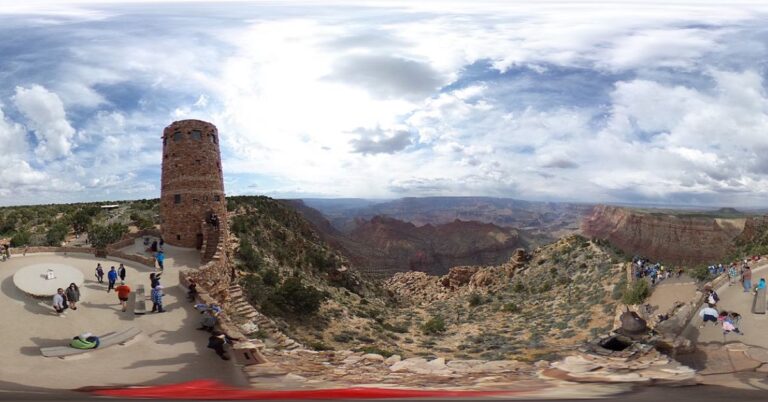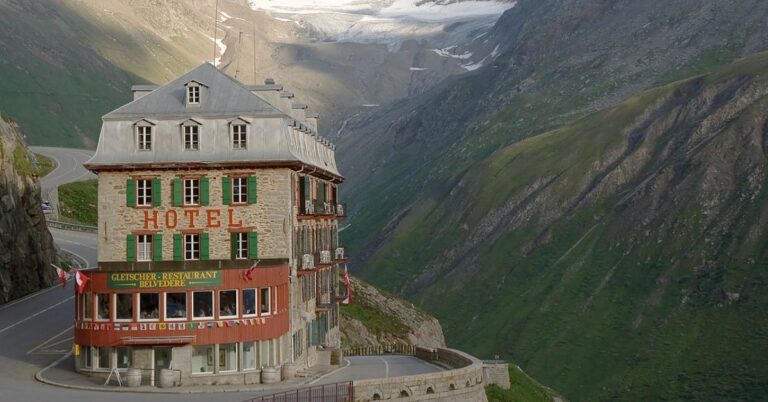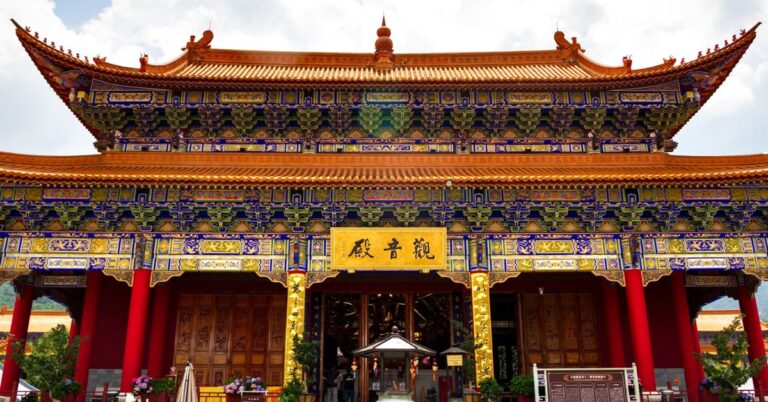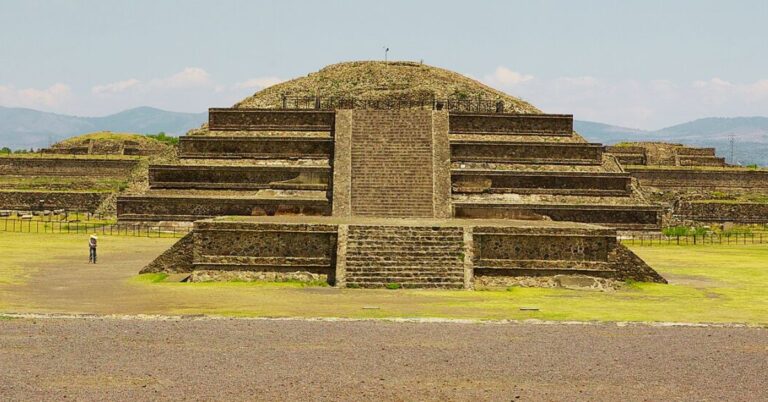25 Serene Japanese Forest Paths That Escape The Tourist Trail

Japan’s forests boast some of the world’s most stunning hikes, yet many remain off the beaten path. Beyond the well-trodden routes, there are hidden trails rich in culture, biodiversity, and peace. Join us as we explore 25 underrated forest pathways that offer unspoiled beauty and unique experiences, far from the typical tourist destinations.
Akasawa Natural Recreational Forest (Nagano)
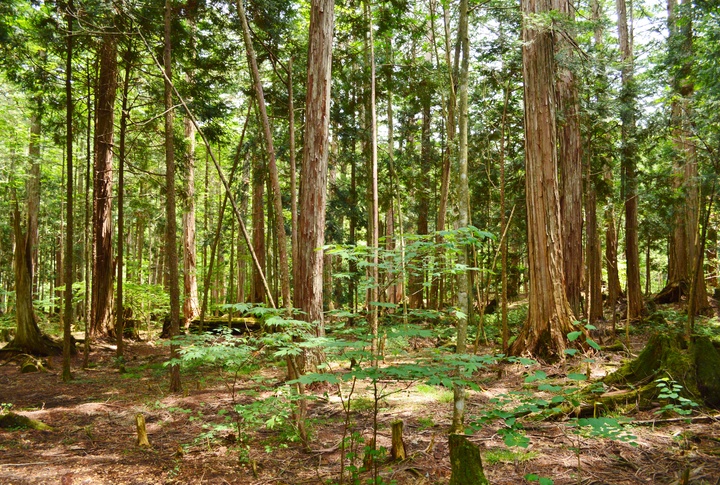
The Nagano Prefecture is home to this quiet route, which offers serene views of lush greenery. The Akasawa Natural Recreational Forest is known for its peaceful atmosphere and diverse plant life. Visitors can explore its various paths, which are less crowded than other passages, making it perfect for a tranquil hike.
Mount Koya Forest Trail (Wakayama)
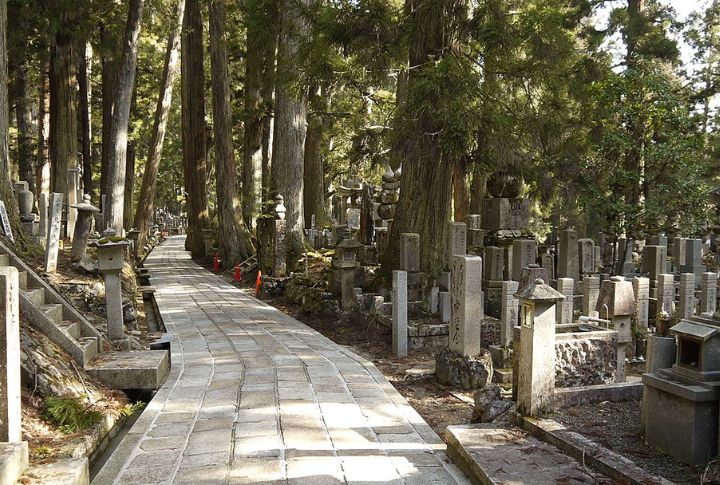
Mount Koya’s forest pass is an ancient pilgrimage route, leading to the sacred Koyasan Buddhist temple complex. This spiritual path passes through towering cedar trees and moss-covered stone lanterns. The grove pathway’s historical and spiritual significance, along with its natural beauty, make it a unique and underrated hiking experience.
Yakusugi Land (Yakushima)

Far less known than the island’s main Arakawa Trail, Yakusugi Land offers diverse routes through ancient cedar woods. This path delivers the mystical ambiance of Yakushima without the heavy foot traffic of more famous hikes. Some trees are over 1,000 years old, and the well-maintained paths vary in difficulty.
Oirase Gorge Trail (Aomori)

Oirase Gorge is a serene, scenic trail that meanders through lush woodlands near Lake Towada. Known for its crystal-clear streams and stunning waterfalls, it offers a peaceful escape. Despite its beauty, this hidden gem is often overlooked in favor of more well-known attractions in the area.
Miyama Trail (Kyoto)
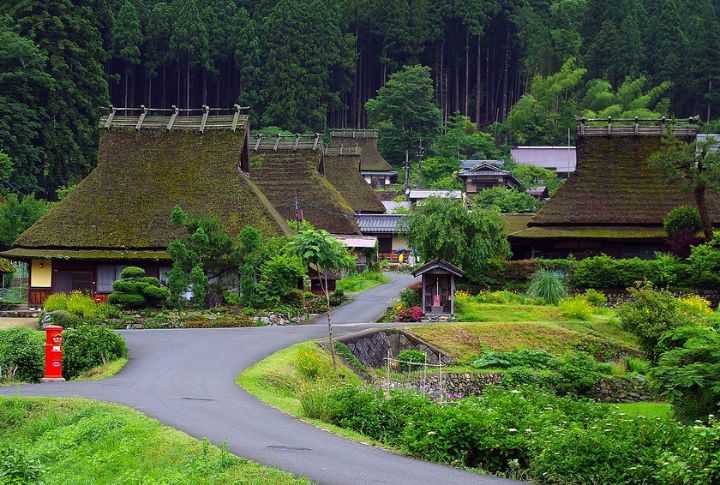
The Miyama Trail provides a peaceful retreat into the traditional rural landscapes of Kyoto Prefecture. It winds through dense forests and picturesque villages with thatched-roof houses scattered throughout. With fewer tourists than nearby areas, this hidden gem offers a perfect blend of natural beauty and cultural charm.
Todagawa Green Park (Aichi)

This family-friendly destination is a managed park with forested areas. Hidden in Nagoya’s outskirts, Todagawa Green Park offers a peaceful escape with wooden paths weaving through a well-preserved ecosystem. The route features educational signage, birdwatching spots, and plenty of seasonal flowers.
Shirakami Sanchi Anmon Falls Trail (Aomori)
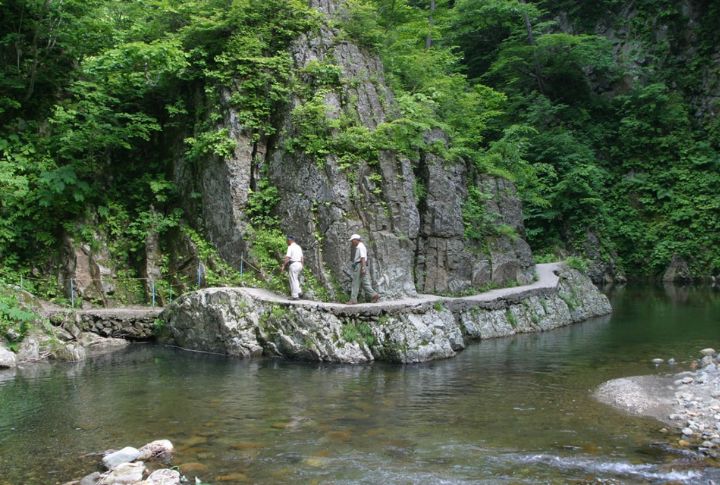
Within the UNESCO-listed Shirakami Sanchi, this track leads to a series of striking waterfalls deep in primeval beech woodland. The Anmon Falls Trail is moderately challenging and less crowded than other heritage hikes. Its untouched environment gives hikers a rare glimpse into one of Japan’s oldest ecosystems.
Jigokudani Monkey Park Trail (Nagano)
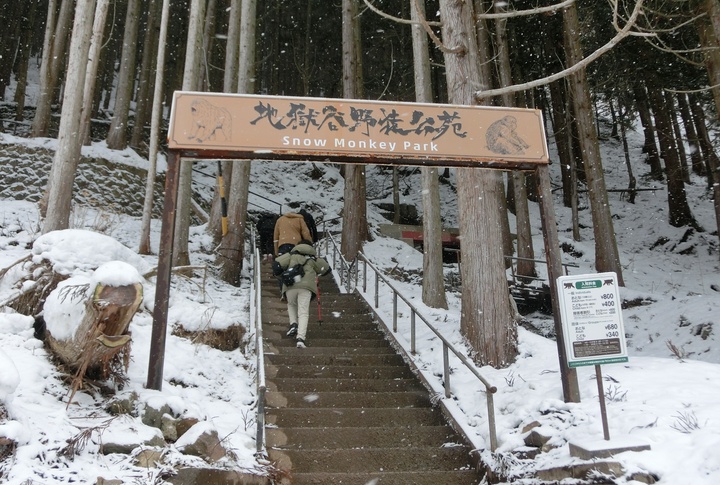
The Jigokudani trail leads visitors through the surrounding woodlands of the area’s famous hot springs. Known for its wild Japanese macaques, the path offers an exceptional nature experience, with trees, waterfalls, and a chance to see monkeys in their natural habitat. This underrated forest track has an atmosphere of mystery and beauty.
Kumano Kodo Kohechi Route (Wakayama to Nara)

With dramatic elevation changes and fewer hikers, this route offers unmatched solitude and spiritual depth. Unlike the more traversed Nakahechi Route, the Kohechi Route remains a remote and demanding trek through dense forest ridges. It connects Mount Koya to the Kumano shrines, which have been used for centuries by ascetic monks.
Jomon Sugi Trail (Yakushima)
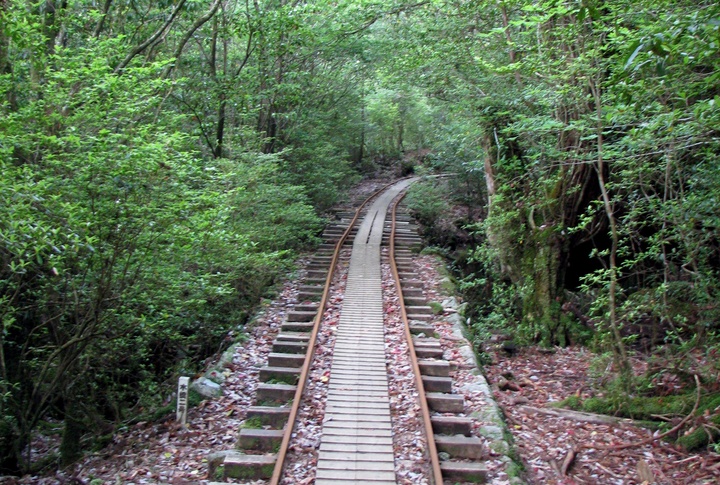
One of Yakushima’s most beautiful woodland hikes, the Jomon Sugi Trail leads adventurers through ancient cedar woods to the island’s oldest tree, estimated to be over 2,000 years old. The full-day trek features moss-covered trunks and rare wildlife, offering a mystical experience away from mainstream tourism.
Kurosawa Forest Trail (Nagano)
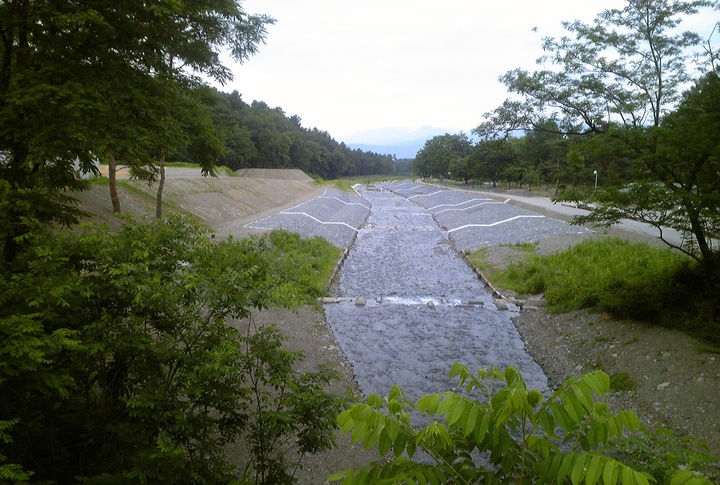
Kurosawa Forest Trail winds through dense coniferous woods and past quiet mountain streams. Set near the small village of Kurosawa, it is ideal for intermediate hikers and offers a cool retreat in the summer months. The final leg leads to a 500-year-old cryptomeria tree known locally as “The Guardian,” revered for its resilience.
Shikoku Karst Skyline Trail (Ehime/Kochi)

Visitors who choose this path come across one of Japan’s three major karst landforms. This high-altitude path blends forest paths with panoramic ridgeline views. While popular with cyclists, the adjacent hiking route remains surprisingly quiet. A unique feature is the alpine flora thriving at 1,400 meters, including endemic species like the Shikoku gentian.
Sasaguri Kyudai Forest Path (Fukuoka)
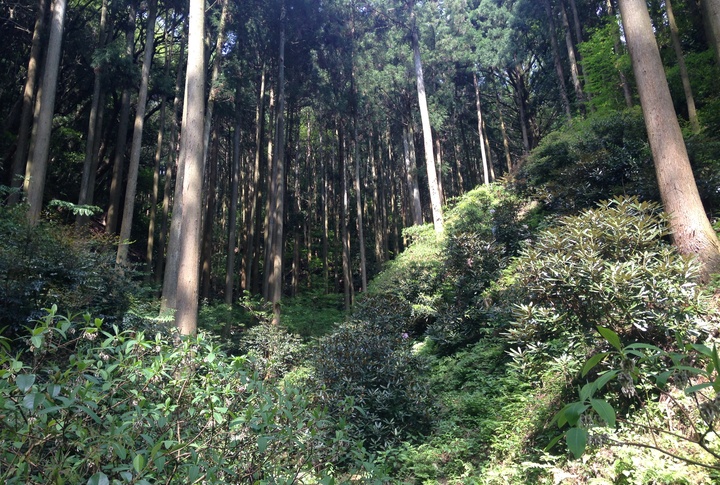
Sasaguri Kyudai Forest Path is not as popular as Kyushu’s larger parks. It winds through 88 Buddhist statues placed to mirror the Shikoku pilgrimage. Forest cover ranges from bamboo groves to thick cedar patches. At the midpoint, hikers reach a hillside temple carved into natural rock, dating back to Japan’s Heian period.
Tateyama Caldera Forest Road (Toyama)

This restricted-access road, open to hikers seasonally, runs through a deep forested caldera shaped by ancient volcanic activity. It’s a haven for geologists and birdwatchers alike. Near the terminus, hikers can view fumaroles and rare alpine birds, such as the rock ptarmigan, often seen in early autumn.
Mount Tsurugi Forest Approach (Tokushima)
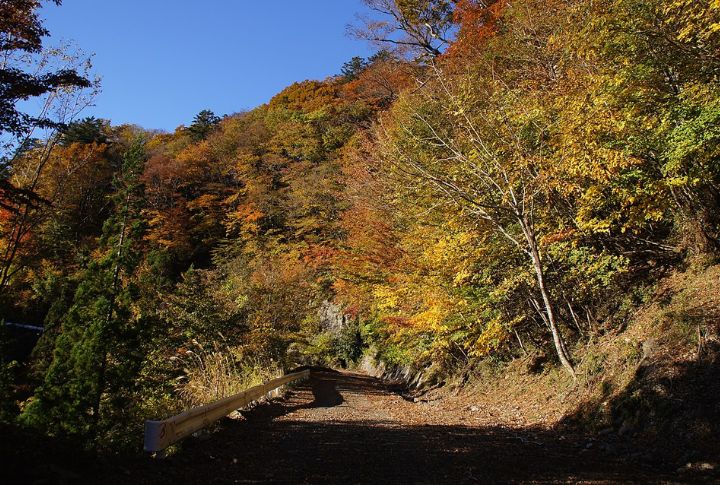
Although Mount Tsurugi is a known peak, its lesser-traveled forest approach route remains underrated. It offers a thick canopy of old-growth trees and frequent sightings of Japanese serow. The final segment features a mossy suspension bridge that crosses the Iya River, originally constructed for mountain ascetics.
Sankei Forest Trail (Yamagata)
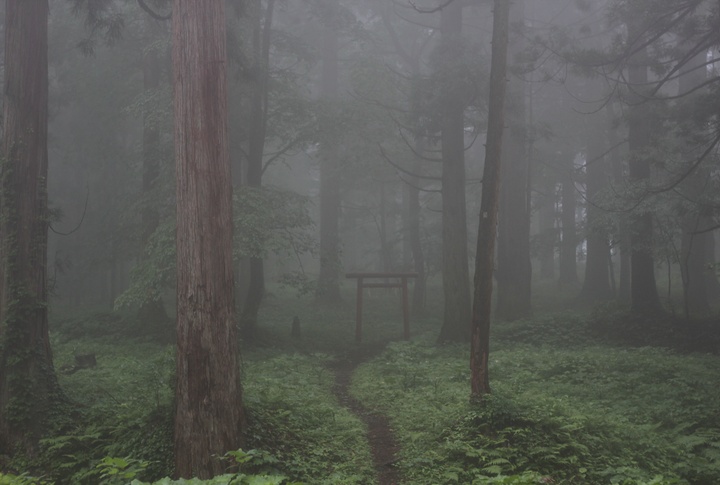
The Sankei Forest Trail is near the sacred Dewa Sanzan mountains, offering a tranquil hike through beech and cedar woodlands. Pilgrims once used this path on their way to Mount Haguro. A preserved stone stairway of 1,244 steps leads to a five-story pagoda, designated a National Treasure since 1952.
Nokogiriyama Forest Path (Chiba)
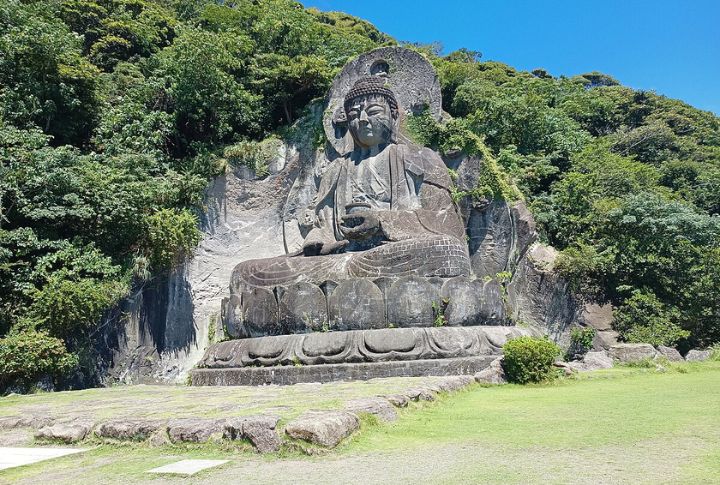
Unlike the well-known cliff viewpoints, the woodland passages winding below Nokogiriyama are often missed. This quiet road passes through ancient quarry ruins, overtaken by moss and vines. It then leads to the Hyaku-shaku Kannon, a massive Buddhist relief carved directly into the cliffside during the Edo period.
Sobo-Katamuki Forest Reserve Trail (Oita/Miyazaki)

This passage runs through one of Kyushu’s richest biodiversity zones, cutting through deep, untouched forests. The region is part of a quasi-national park and home to rare wildlife like the Japanese dormouse. At higher elevations, hikers find groves of ancient Katsura trees, some with trunks over two meters wide.
Goshikinuma Forest Trail (Fukushima)
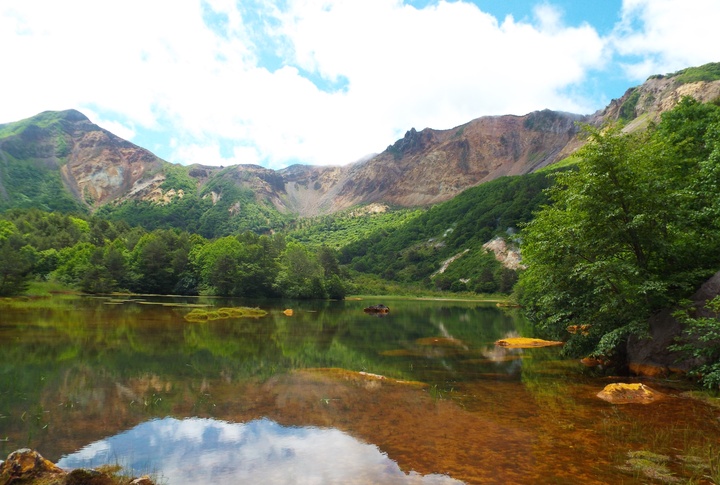
Several vividly colored volcanic ponds are linked by this easy trail located near Mount Bandai. The unique blue, green, and red hues originate from the varying mineral content in the water, giving it a mesmerizing appearance. Signs along the passage describe each pond’s chemical composition and the volcanic activity that formed them in 1888.
Todoroki Forest Trail (Ishikawa)
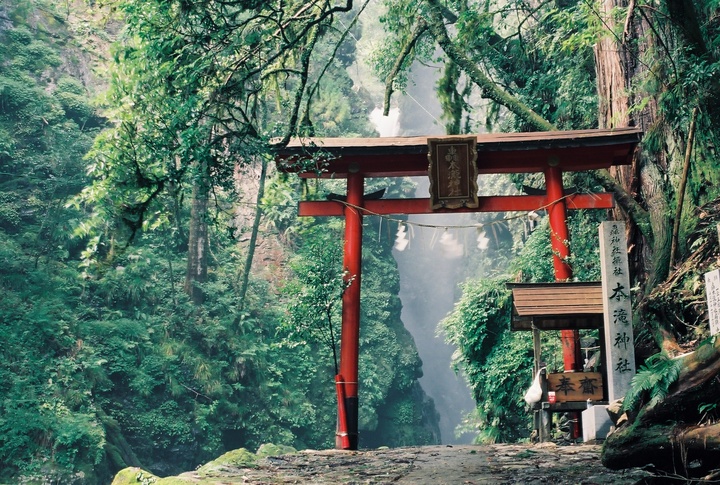
Not to be confused with Tokyo’s valley, this Ishikawa trail lies near Hakusan National Park. It meanders along the clear waters of the Tedori River, under canopies of broadleaf trees. Near the route’s end is the Todoroki Waterfall, dropping 30 meters into a gorge once used for Shinto rituals.
Hijikawa Arashi Trail (Ehime)
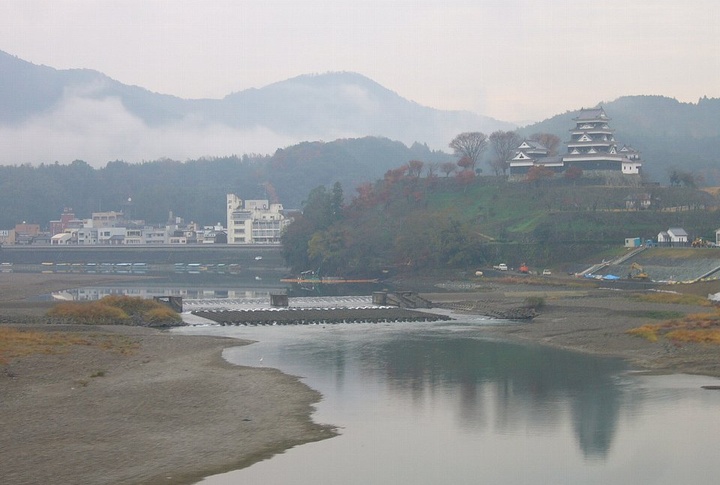
The little-known road of Hijikawa Arashi follows the Hijikawa River. It is famous for the fog phenomenon named after it, where cold and warm air collide dramatically. Dense woods line both sides of the path, creating a misty, atmospheric hike. The phenomenon peaks in winter mornings, creating ideal conditions for photography and birdwatching.
Kawanaka Fureai Forest Trail (Akita)
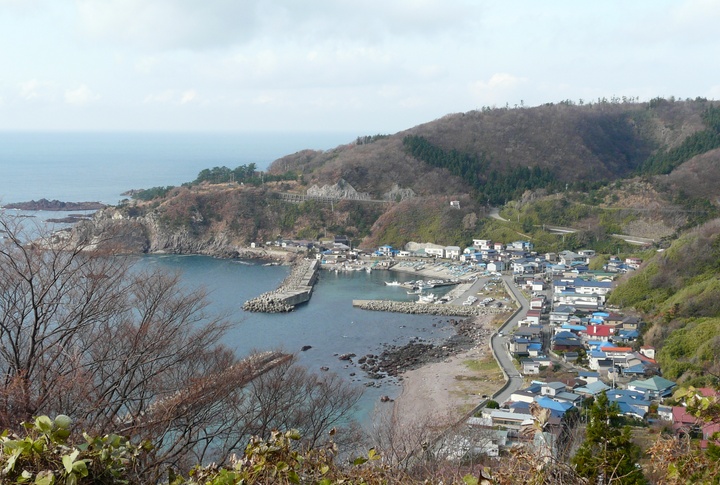
Near the Oga Peninsula, the Kawanaka Fureai Forest Trail is a community-managed path that winds through a northern hardwood forest. Along the way, interpretive signs highlight the local flora and its connection to regional folklore. The trailhead begins next to a centuries-old shrine, thought to protect harvests from the spirits known as namahage.
Fujimi Forest Path (Shizuoka)
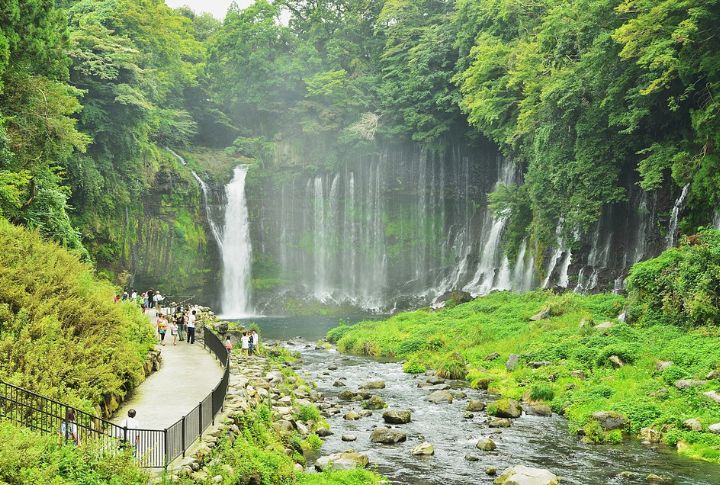
Mount Fuji’s base is home to the Fujimi Forest Path, which blends panoramic mountain views with quiet wooded sections filled with red pines and wildflowers. Often overlooked in favor of more iconic Fuji-viewing spots, this hidden road provides serene solitude and occasional glimpses of the snowcapped peak through the trees.
Yamabiko-no-Michi (Gifu)
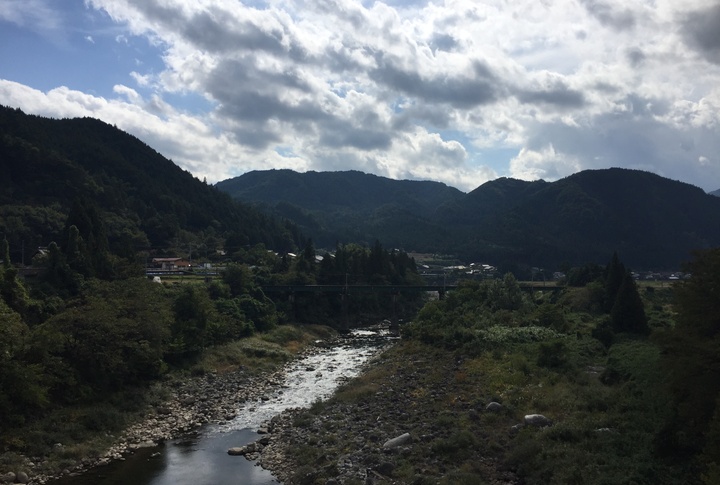
Yamabiko-no-Michi means “Echo Trail,” named after the acoustic reflections heard among the ridges. Stretching across the hills of Gero, this serene forest path offers panoramic valley views between quiet stretches of cedar and cypress woods. Traditional teahouses used by Edo-period travelers still stand along the route.
Ichifusa Forest Therapy Road (Kumamoto)

Certified for “forest bathing,” this therapeutic course lies within the Ichifusa Mountain Range. It’s designed to lower stress through a combination of walking and sensory engagement. The route also passes medicinal plants used in local Kampo medicine, including wild dokudami and kikyo.

